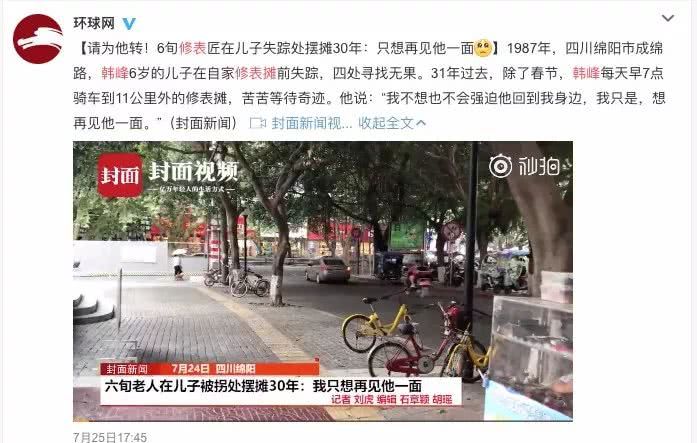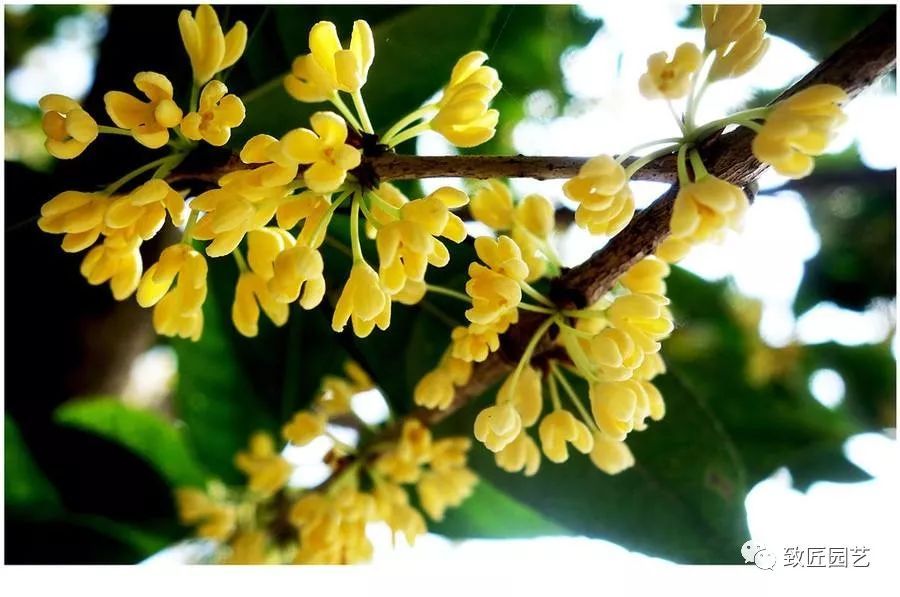Cypress trees were reborn in 2000

Successful protective transplantation of "Wudi Bai"
Nangoumen Water Control Project in Yan'an City is a medium-sized water control project approved by the National Development and Reform Commission. Within the flooded area of the water conservancy project, there is a Platycladus orientalis more than 2000 years old in Shijiahe Village, with a ground diameter of 3.05 meters and a height of 18.5 meters. It is one of the few extra-large ancient cypress trees left in China, which is locally known as "Wudi Bai", also known as "Laojunbai". According to the relevant regulations on the protection of ancient and famous trees, through the research and demonstration of forestry experts, and submitted to the provincial government for approval, the protective transplant of "Wudi Bai" was carried out.
The transplant of "Wudi Bai" was started and was carried out by Zhejiang Senhe seed Industry Co., Ltd. The project is divided into three stages, the first stage is maintenance before transplanting, the second stage is transplanting, and the third stage is tube protection and rejuvenation after transplanting. The first and second stages of work were completed (it took 482 days), and "Wudi Bai" was successfully transplanted and entered the third stage of 5-year management. In the process of hoisting and transportation of ancient trees in the second stage, the domestic advanced 650-ton crawler crane and ten-axis hydraulic plate car were rented, the diameter of the root soil ball reached 9 meters, and the actual lifting weight reached 450 tons. The age, total weight and technical difficulty of the transplanted "Wudi cypress" are among the most difficult in the world. At present, the transplanted "Wudi Bai" is growing vigorously and is making various preparations for the application of the Guinness Book of World Records. After the expiration of the five-year maintenance period, it will be officially declared to the Guinness Book of World Records.
This protective transplantation project of ancient cypress, making full use of the theory of plant physiology, has formed a set of scientific and meticulous transplantation technical scheme, which creatively uses the method of three times balanced pruning of ancient trees and the packaging technology of steel basket soil ball of ancient trees transplantation. and won the national patent.
The original appearance of ancient cypress
Post-transplant cypress
The body of the cypress before transplanting
The body of the ancient cypress after transplantation
Local people worship before the start of the transplant.
The root exploration operation was carried out before transplanting to find out the distribution and growth status of tree roots in the ground.
Strong holes were laid before transplanting to strengthen the tree.
Set up rejuvenation holes.
Re-fortification hole fertilization
Tree cleaning and maintenance
Repair and strengthen the cavity to prevent the damage of the tree in the process of transplantation.
Balanced pruning, pruning branches and leaves to reduce tree nutrient and water consumption, balance aboveground and underground nutrients and water.
Cut the root and cut the root according to the size of the transplanted soil ball.
Root-broken wound repair, smear medicine to repair root-broken wound, prevent pathological changes and induce new roots.
Detection of groundwater level in transplanting land
Bandage the earth ball
Earth ball
Reinforce the soil ball
The earth ball has been packed and ready to be hoisted.
In order to ensure the success of hoisting, the domestic advanced 650 ton crawler crane is rented.
Domestic advanced 164-wheel ten-axle hydraulic flat car for transportation
It was hoisted successfully with a total weight of 450 tons.
Hoisting
Set out successfully
On the way
A celebration ceremony was held after the successful transplant.
After transplanting, a moisturizing and humidifying spray system on trees is installed.
After transplantation, the nutrient solution was perfused through the rejuvenation hole.
Local after transplantation
A brief introduction to Wu Di Bai
"Wudi Bai", also known as "Lao Junbai", was originally located in front of Shijiahe Laojun Temple, Adang Town, Huangling County, Shaanxi Province, so it got its name. The tree is 18.5m high, 3.5m in diameter and more than 2000 years old. The cypress was transplanted to Qianchuanzhuang Village of Nangoumen Reservoir on March 26th, 2011 because the construction of Nangoumen Reservoir was in a flooded area.
In 110 BC, Emperor Liu Che of the Han Dynasty conquered Shuofang to the north and returned victoriously. After building "Nine turns to pray for Immortals" in Qiaoshan to offer sacrifices to the Huangdi Mausoleum of Xuanyuan, he heard that there was a "Laojun Temple" in Hulu River, an ancient commercial road. Emperor Wu respected the study of "Huang Lao", so he went to Laojun Temple in Shijiahe Village to burn incense and worship, and planted a cypress tree in front of the temple to carry forward the national road. According to legend, when Emperor Wudi planted cypress, he suddenly saw purple gas coming to the east and auspicious clouds wreathed around it. The ministers, officers, soldiers and people worshiped, saying that the cypress was inspired by the old monarch. Emperor Wu was so overjoyed that he gave it the name Lao Junbai.
After that, the cypress was taken good care of by the temple holders and the local people. for thousands of years, although it was not destroyed after disaster, the Laojun Temple was also full of incense. Local people burn incense tables and offer gifts in an endless stream during festivals. There are also people who use cypress leaves, cypress seeds and cypress liquid to clear the brain, clear eyes and stop bleeding. Some people pray for sons and daughters and pray for peace, which is said to have come true. What's more, some elders said that when Double-ninth Day came to worship the cypress on September 9, he could dispel diseases and evil spirits and prolong life. After the Laojun Temple was destroyed, but "Lao Junbai" stood proudly. The people have more and more respect for the "Lao Jun Bai", worship constantly, care more, known as the "divine tree", also known as "Wudi Bai". Today, the transplanted "Wudi Bai" is still luxuriant under the admiration of the people, and its evergreen longevity is the best blessing for the great rejuvenation of the Chinese nation.
Transferred from the network, encroached and deleted
Wonderful content
- Prev

50 children test 42 abducted traffickers new scams expose vigilance
At present, it is the summer vacation when children have more opportunities to go out and play. Parents must keep an eye on the frequent cases of children getting lost. Traffickers hold out their claws in all dark corners in various disguises. Once the child is lost, it will.
- Next

The bonsai of sweet-scented osmanthus looks good and smells good. Just choose him.
Sweet-scented osmanthus is evergreen all the year round, with luxuriant branches and luxuriant leaves, blooming in autumn and overflowing with fragrance. It is widely used in gardens. It is often used as landscape trees, such as solitary planting, opposite planting, and forest planting. What is the planting technology of bonsai sweet-scented osmanthus trees? Osmanthus bonsai culture.
Related
- Wuhan Hospital Iron Tree Blooming Result Was Instantly Frightened by the Gardener Master
- Which variety of camellia is the most fragrant and best? Which one do you like best?
- What is the small blue coat, the breeding methods and matters needing attention of the succulent plant
- Dormancy time and maintenance management of succulent plants during dormancy
- Minas succulent how to raise, Minas succulent plant pictures
- What are the varieties of winter succulent plants
- How to raise succulent plants in twelve rolls? let's take a look at some experience of breeding twelve rolls.
- Attention should be paid to water control for succulent plants during dormant period (winter and summer)
- Watering experience of twelve rolls of succulent plants
- Techniques for fertilizing succulent plants. An article will let you know how to fertilize succulent plants.

